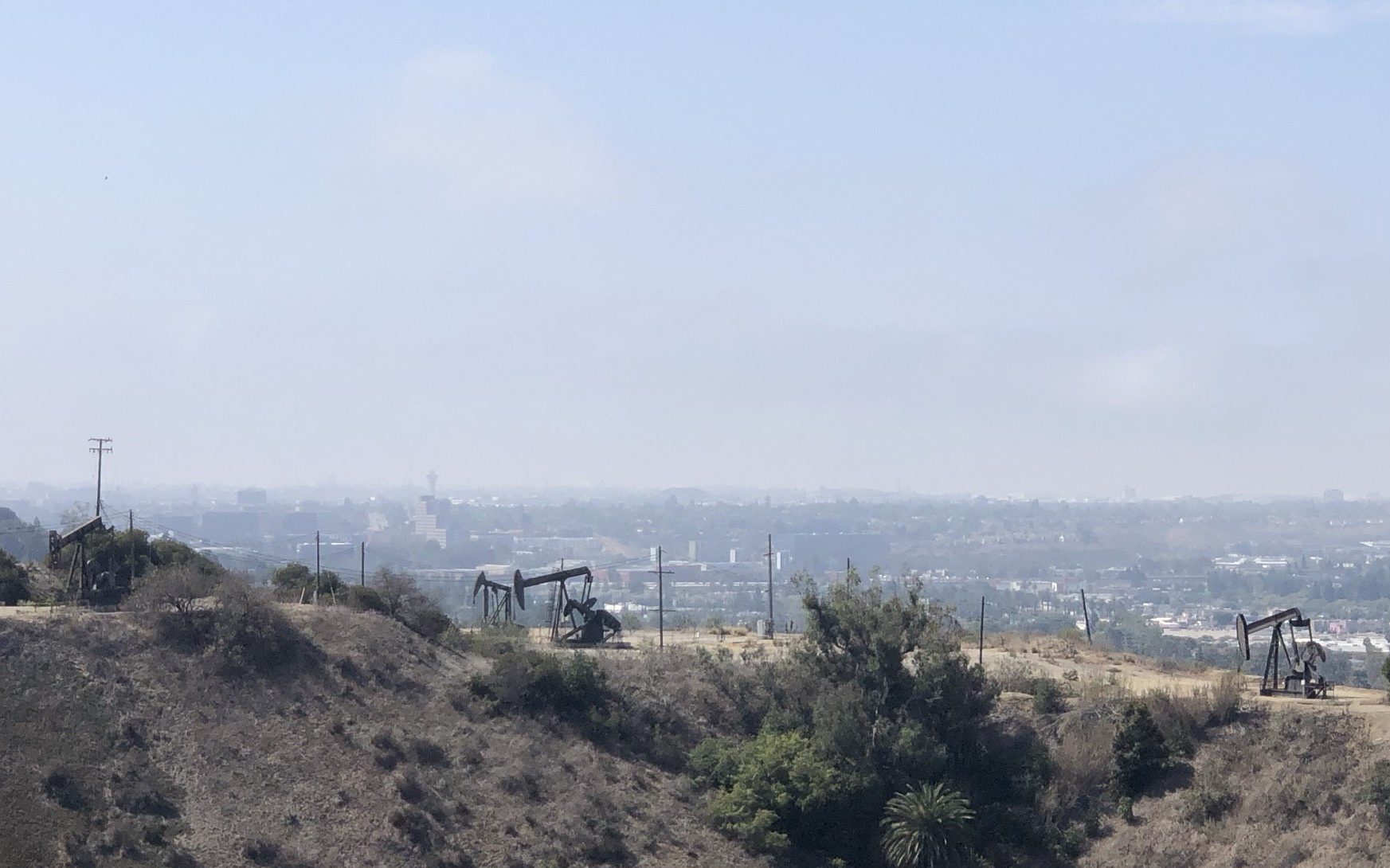
Lauren C. Moye, FISM News
[elfsight_social_share_buttons id=”1″]
Los Angeles’s Democratic leadership, unhindered by political opposition, has voted to push the nation into greater dependance on foreign energy, while preparing to reenact a mandatory masking policy in the county.
On Friday, the Los Angeles City Council officially prohibited new extractions of oil and gas within the city in a 12-0 vote that will further increase energy dependence on foreign sources. The measure bans new oil wells in the city. The measure will also end operations already running “after a 20-year amortization period,” according to the published fact sheet.
Los Angeles City Council President Paul Krekorian heralded the vote as “the most important step towards environmental justice” they’ve recently taken.
Yet the measure is counterproductive according to the California Independent Petroleum Association spokesperson who spoke with CNBC. Under California law, all oil drilling must be compliant with climate laws. This means that the 2.5 million oil barrels currently produced in the city will now be sourced internationally, where often the process’s pollution output is not even monitored, much less tightly controlled.
The move, one of many similar ones made under California’s Democratic leadership, stands in stark contrast to Republican politicians who have made energy independence one of the crucial aspects of their “Commitment to America” agenda.
“Let’s open up American energy. Let’s stop the assault on American energy and lower gas prices,” Republican Whip Steve Scalise said at the time.
Bringing back the mask mandates?
Unfortunately, the oil drilling ban is only one recent example of Los Angeles’s wholehearted commitment to some of the most extreme of Democratic-led ideas.
Los Angeles County also appears ready to pounce on another opportunity to mandate indoor mask-wearing for all people after COVID-19 numbers crossed into the “medium” risk level according to CDC guidelines on Dec. 1.
LA County stats put new cases of the virus at a rate of 185 per 100,000 residents with a 7-day average of just over 2,700 new infections per day.
“There is this common line of thinking that the pandemic is over and COVID is no longer of concern, but these numbers clearly demonstrate that COVID is still with us,” Barbara Ferrer, the county public health director, said on Thursday.
Ferrer warned that the rate of increase meant the county could reach the “high” designation by next week. This would trigger another indoor-mask mandate.
CDC guidelines say that new cases needed to average 200 per 100,000 residents with hospital admissions of more than 10 per 100,000 residents. Over 10% of hospital beds also needed to be occupied by COVID patients.
The LA County Public Health Department reported that hospital admissions were at 11.9 per 100,000 but only 5.6% of hospital beds were currently occupied by COVID-19 patients on Thursday.
While new case numbers rose to 5,106 on Dec. 3, those numbers have dropped over the past two days. On Monday, there were only 1,713 new cases reported by LA Public Health.
In July, LA County also crossed the thresholds to be rated high-risk. However, officials dropped their plan to impose the mask mandate then. They officially said it was because the statistics had stabilized, but one Doctor implied public pressure encouraged officials not to press the issue.
Hemmati says the July spike is proof that mask mandates are “futile” because “COVID cases naturally plummet after a peak.”
For comparison, there are 9.83 million people in Los Angeles County and 10.8 million in the entire state of Georgia, whose Republican leadership discourages mask mandates. Yet Georgia had a 72 per 100,000 residents new case ratio last week. There were only 378 hospitalizations for the entire state.
As a nearly month-old warning that LA County was not above dictating public health, despite dropping fatality rates for their residents and visitors, the health department reissued their masking guidance on Nov. 18. Among other things, it requires all COVID-19-positive individuals to wear a “highly protective mask” even when at home. The department encouraged this mask-wearing to continue until Day 10 after the positive test even if the individual tested negative on Day 5.
